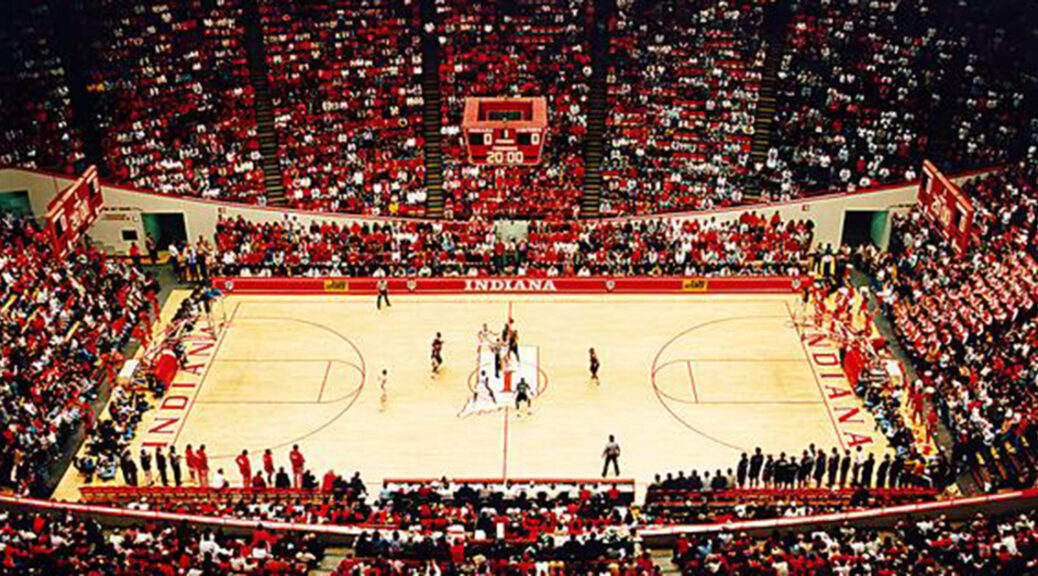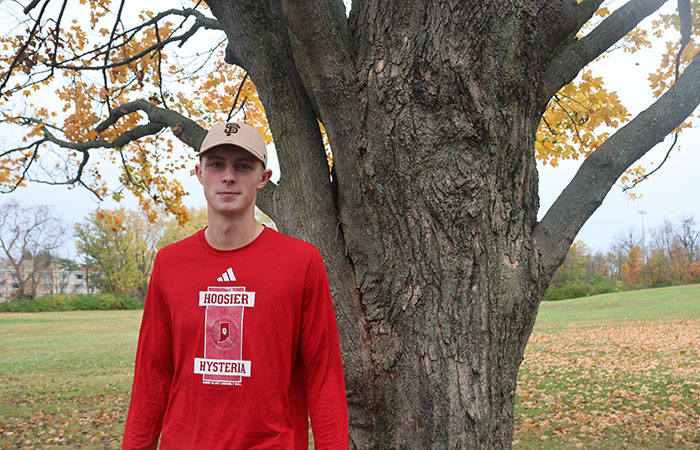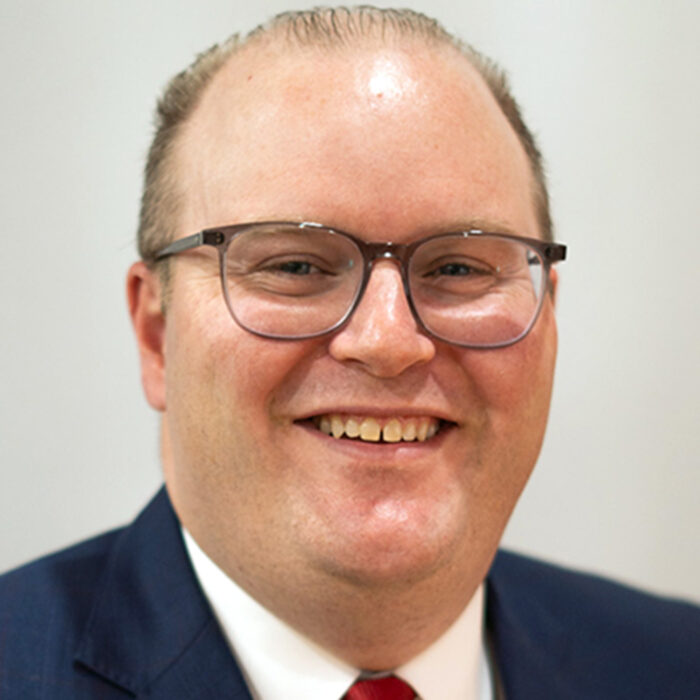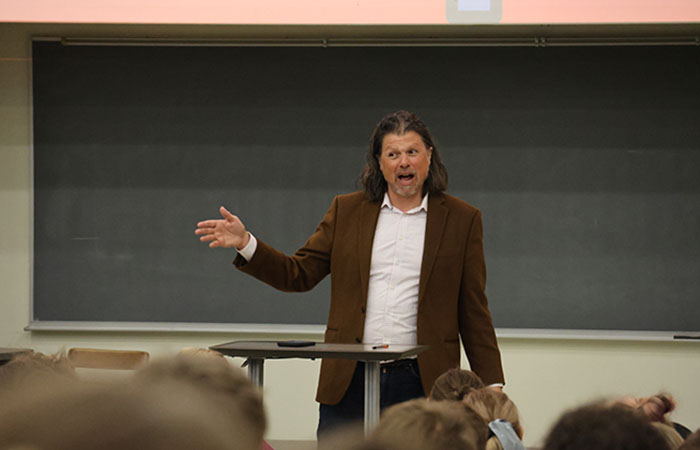
NIL Impacting Indiana University’s Student Enrollment
By Emily Hunter, Matthew Brenner and Malachi Williams
BLOOMINGTON, Ind. (November 5, 2024)
With college right around the corner for high school recruits, where they decide to play is a major decision. An even bigger decision for some: can they make a profit? As college athletics progresses, introducing Name, Image, and Likeness (NIL) rights for student-athletes has created a new world.
This adopted policy allows athletes to profit from NIL activities. It plays a tremendous role in the decision-making for striving athletes, affecting their recruitment process at universities across the country, including Indiana University. Ian Stephens, a second-year basketball player for the Indiana Hoosiers, credits the policy adopted by the National Collegiate Athletic Association (NCAA) in 2021 to his decision-making in his choice of university. “It’s definitely made me look at things from a financial perspective. There’s definitely not just an athletic side to things because you’re getting paid to do something.” A perspective on the money side of athletics highlights how NIL has prioritized financial considerations for many athletes when choosing schools post-2021 policy change. NIL has opened opportunities for athletes at IU that have not been offered before, placing IU on the radar for aspiring collegiate athletes. Creating an environment where young students can strive as athletes and have financial freedom was a factor in choosing the right school for Stephens and fellow teammates.

In 2021, a Supreme Court ruling allowed student-athletes, recruits and their family members to engage in NIL activities in compliance with state laws. The ruling provides resources and guidance, answers questions, and allows athletes who attend schools without NIL laws to participate without violating NCAA rules (NCAA).
A correlation exists between students wanting to profit off their play and interests in attending Indiana University, found by Luke Bosso, Director of Athletics at Indiana University Indianapolis. “The athletes that we are recruiting, it’s one of their first two questions, is do you have a NIL program.” Bosso, a former football player himself, says he has seen an influx of student enrollment now that IU supports NIL activities. Students who enter a transfer portal will even search for NIL-positive programs at various levels of college, looking for a sufficient amount of money.
A study conducted by Mark Owens, working in the Department of Economics and Finance at Penn State University found elite programs that offer NIL activities statistically have the largest NIL deals, high recruiting and most players to be drafted into the NFL. The NIL ruling has enticed students like Stephens to be a part of a program where they can strive academically but also financially, “It’s just opened up many financial doors for me.” Stephens was aware of his opportunities when looking into IU’s basketball program. “There’s a lot of NIL events through Hoosiers for Good which is one of our philanthropy companies that’s doing a lot of good work around the community. It takes a bunch of student-athletes and we go into the community building homes, it’s really good.”

Dr Galen Clavio, Associate Dean for Undergraduate Education at IU, describes this process in two categories, being a good athlete and utilizing your resources, “a lot of it is what market are you bringing to the table.” These partnerships are reaching an audience of supporters and place pressure on big names and those striving for a platform. The rise of women’s sports credits this NIL policy change. Over ten years, the rise of digital media and growing revenue allowed female athletes to profit not only at the college level but professional and Olympic levels. Although Bosso saw positive feedback from athletes regarding their newfound opportunities, being paid, is not everything, “Winning entices athletes more than anything to go to a school, not money.” With three hundred sixty-three Division 1 basketball programs, almost all of them offer NIL activities.

Looking towards the future, there are ongoing advancements to Name, Image, and Likeness (NIL) rights for athletes. The question, “Can I profit at a place I also want to play?” is something high school recruits think about when applying for schools. With NIL activities being allowed, there are resources available at all Indiana University campuses for athletes regarding signing contracts and taxes. As more and more marketing opportunities come up for athletes, the work they put into their financial decisions can become tricky. Without a proper understanding of NIL, student-athletes can prioritize money over play time, something Bosso looks out for. Playtime should always be prioritized over financial gain. Stephens recognizes this trade-off as well, “It’s okay to point out that you are getting paid if that’s what you want to do with your life then go be serious about it and go get paid as much as you want, but you still have to perform and be able to do your job at the highest level.”
Emily Hunter, Matthew Brenner and Malachi Williams interviewed individuals on Indiana Univerity’s campus on IU’s NIL opportunities. Interviewees’ feedback gave insight into what the average person thinks about IU’s offered NIL opportunities.
With support from top universities like Indiana University aiding potential students in their profitable opportunities, athletes across every sport have incentives to become a Hoosier.
###

